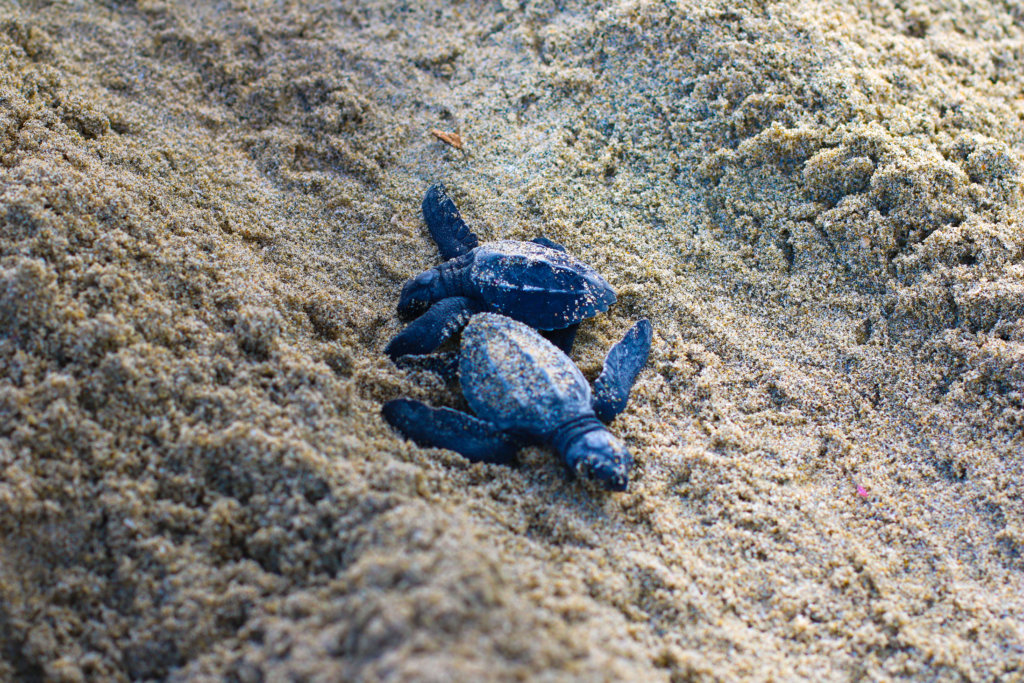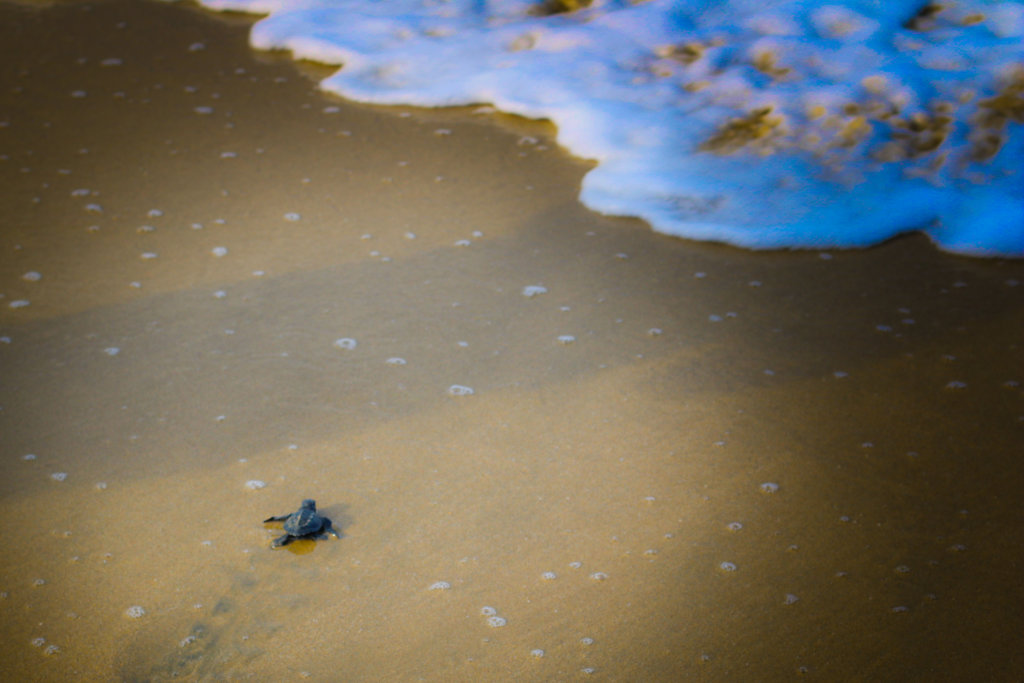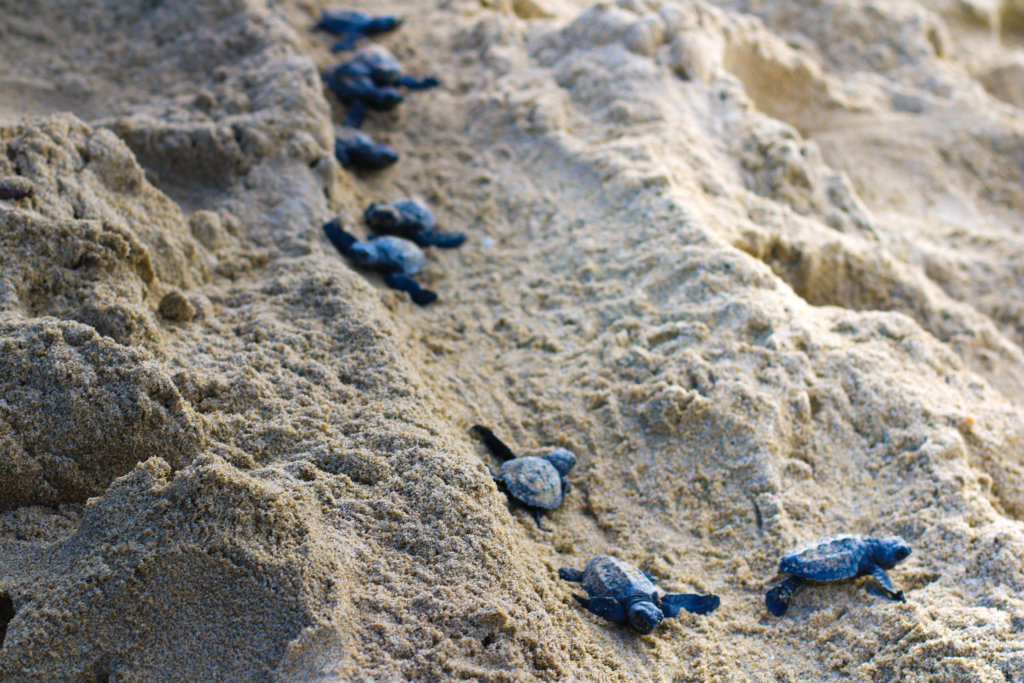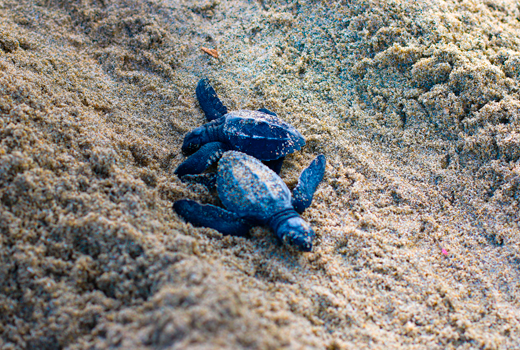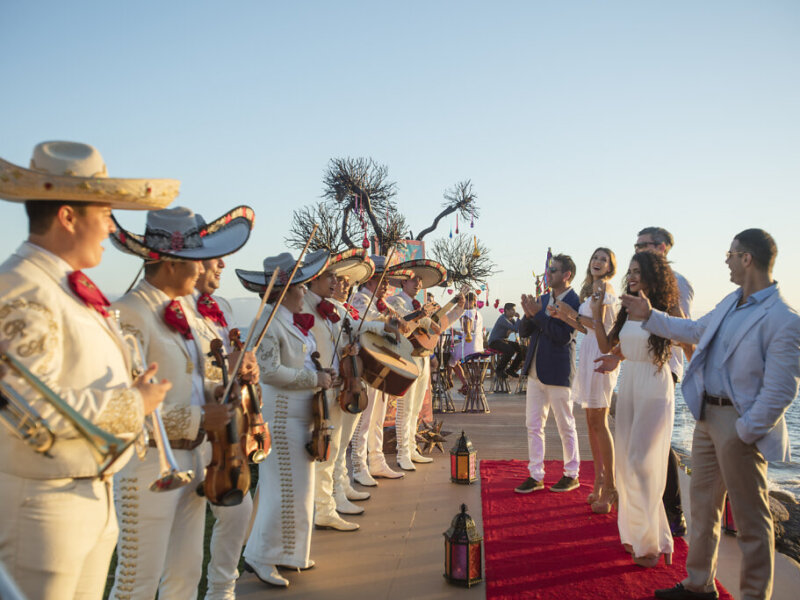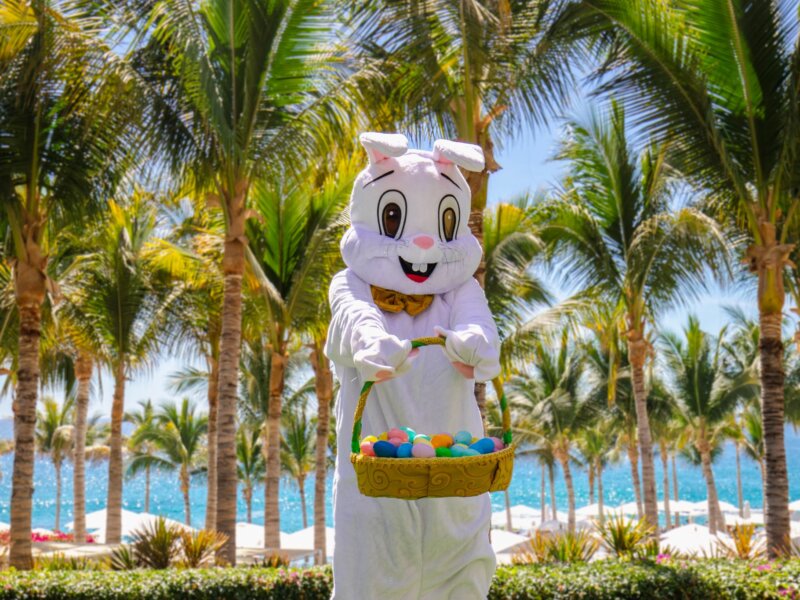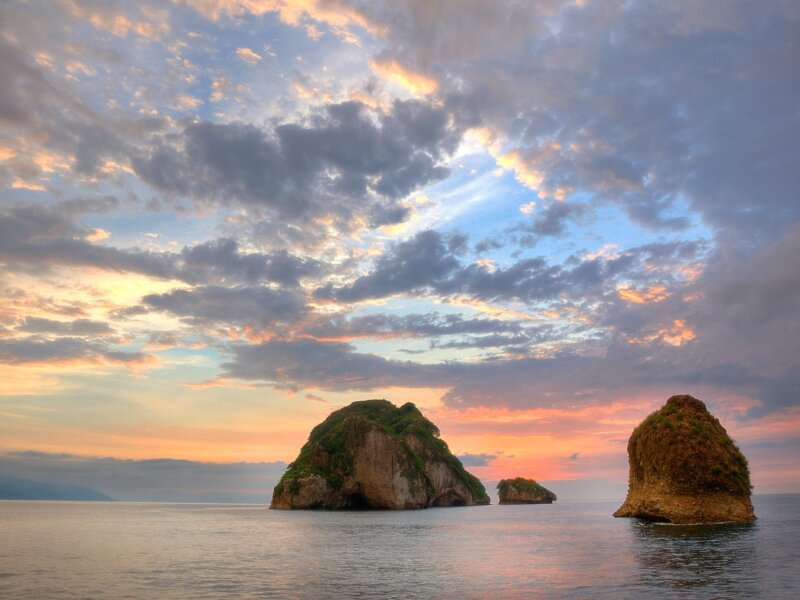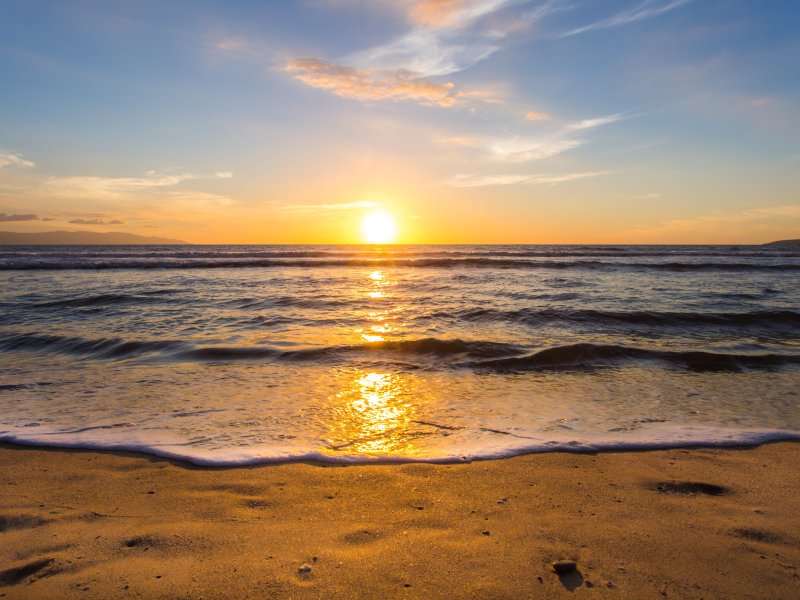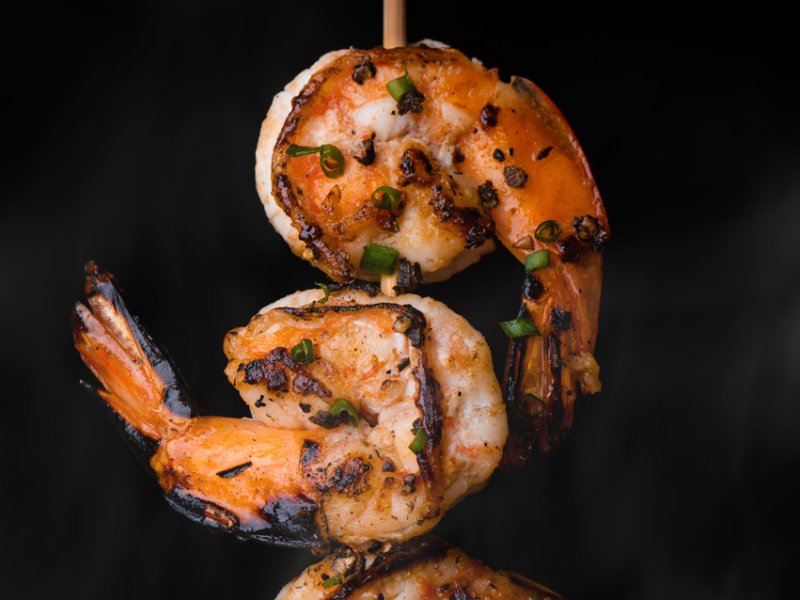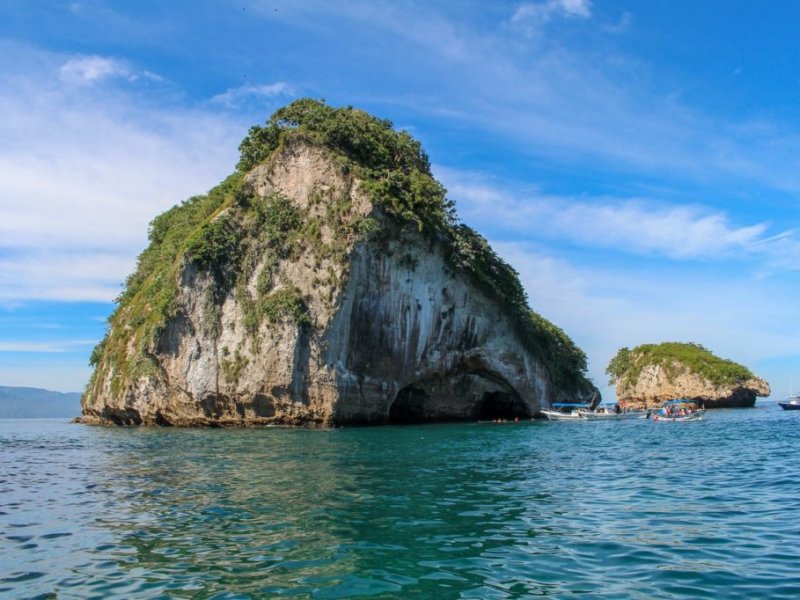Olive Ridley Sea Turtles: A Treasure of Puerto Vallarta
These beautiful chelonians have inhabited the earth for approximately 150 million years. Resistance and adaptability have been the most powerful tools of these animals to fight for a place in evolution, but it was not until recent times that their permanence among the animal species that populate this planet was threatened, mainly by human extraction – which is its main predation factor.
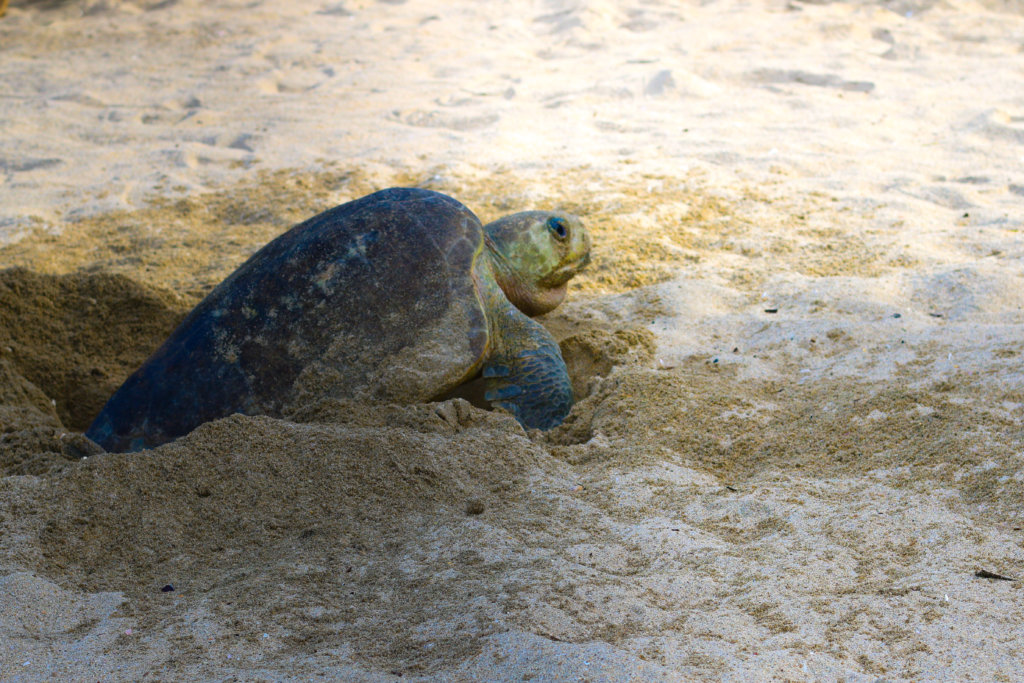
Mexico has undertaken, since the 1960s, the task of preserving and researching sea turtles that nest on the 17 beaches that we have the privilege of calling their ‘summer home’*, scattered throughout the Pacific coast, the Gulf of Mexico and the Caribbean. This work stands out internationally for being a pioneer in the environmental policy of protection and conservation of the species.
*The waters of the oceans are the natural habitat of sea turtles, leaving their habitat only to deposit their precious eggs and provide a safe place for their young to incubate during the summer.
In Puerto Vallarta brave protectors have arisen, a group of people from civil society committed to conservation tasks, and who have achieved the Olive Ridley Turtle’s elimination from the list of “endangered” species; it is now listed under the “vulnerable” category. This news is quite encouraging for Vicente Peña from the Red Tortuguera association, who has been an activist and protectionist since 1986.
On the coastline between the Boca de Tomates Turtle Nursery and Velas Vallarta –a pioneer hotel in the care of this species which has ‘adopted’ this a nearly one-mile stretch of land by providing donations to maintain the conservation work–, the tasks of patrolling, cleaning and preserving the beaches have been fundamental in achieving the highest percentage of hatchling births in the entire destination. In 2017 alone, the successful number of 70,803 births of these specimens was reached, representing 87.6% of hatchlings ready to start their life cycle.
It is in this place where leatherback turtle hatches were released in 2017, a species that is regularly seen in Hawaii (on the same latitude as Puerto Vallarta), Europe, the east coast of the United States, Asia and Africa.
Did you know?
- Seven of the eight sea turtle species in the world live in Mexican seas.
- Their favorite delicacies are jellyfish, shrimp, crabs and lobsters.
- Their respiratory system is aerobic, so they are prone to come to the surface to breathe periodically, but if any dangerous situation lurks, they are able to practically mutate into anaerobic respiration. Their lungs support hundreds of meters of depth.
- The females return to nest on the same beaches where they were born. The males never touch firm ground.
- The ideal temperature for incubation is between 86° F and 93°F.
- During their gestation period, which lasts approximately 6 weeks, the eggs are exposed to natural predators such as coyotes, raccoons and crabs.
- Each mother turtle can spawn up to 100 eggs.
- Upon laying her eggs, the mother compresses the sand by balancing her body over the plastron, which is the ventral face of a turtle’s body – opposed to the carapace.
- Baby turtles usually emerge at dusk or early morning when the sand is cool and less predator activity is registered.
- When they touch the water for the first time they must swim on the surface, since the fat they have accumulated for their survival forces them float. After two or three days they can submerge freely.
- After 7 to 15 years, the young that managed to survive will return to the beach where they were born to start a new cycle of life.
The miracle of life is in our hands.
Let’s help preserve this species that allows us the honor of witnessing its struggle to remain among us.

